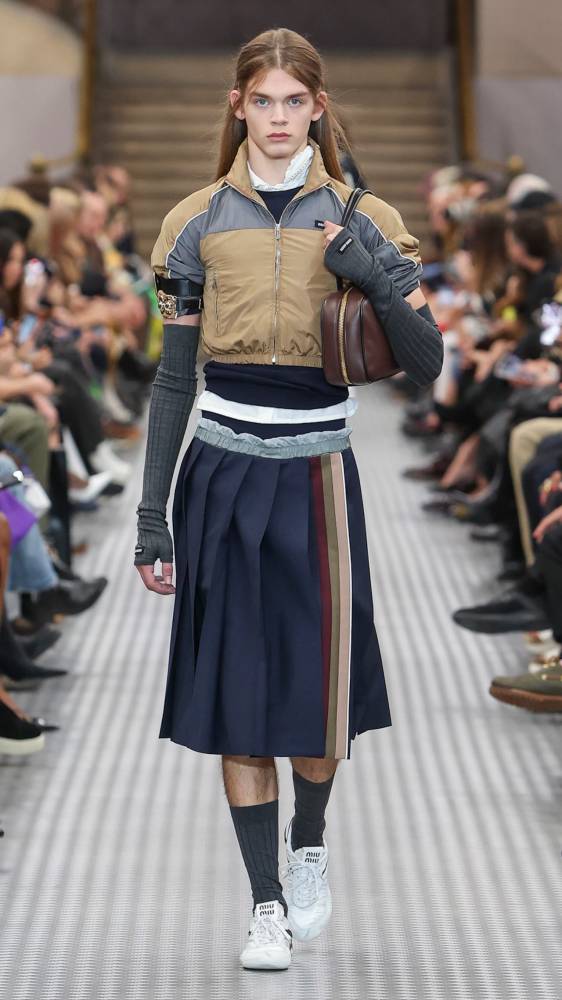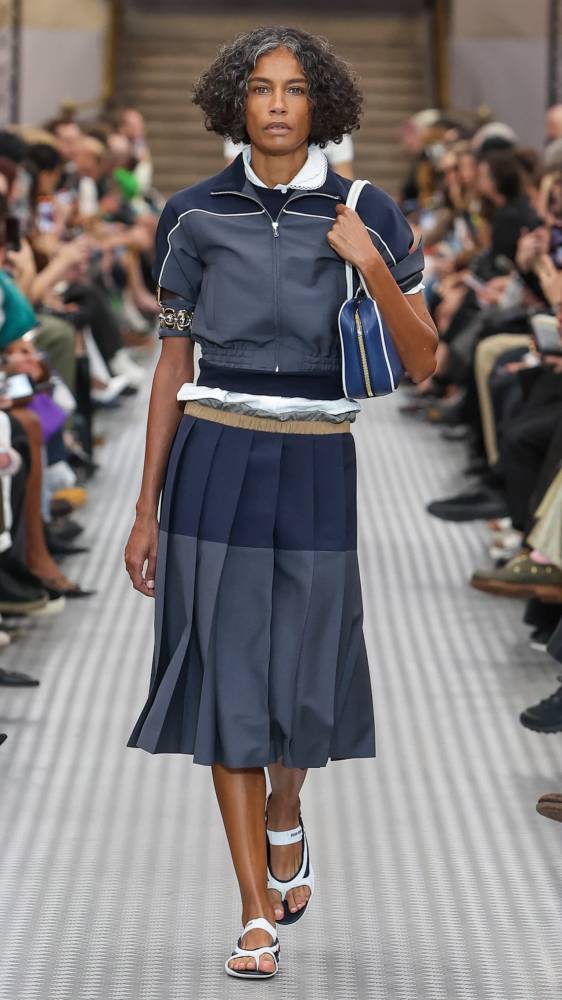The rise of the fashion archivist

In the age of fast everything, Gen Z is slowing down—at least when it comes to fashion. The new tastemakers are not chasing drops; they are cataloguing them. On TikTok, Instagram, and Discord servers, a quiet subculture has emerged: the fashion archivists. They are not designers or stylists. They are digital curators, historians in hoodies, and their feeds are where fashion’s past lives get their second act.
They are the ones dissecting Helmut Lang’s 1999 collections like scripture, unboxing vintage Prada Sport on camera, or posting blurry JPGs of old Raf Simons lookbooks like they are sacred texts. They know which Margiela tag means which year. They can tell you the difference between Phoebe Philo’s first and final seasons at Celine without blinking.
And in doing so, they have turned fashion archiving—a niche once reserved for museum curators and collectors—into the internet’s newest form of cultural capital.
Because to archive fashion now is not just to preserve it—it is to define taste.


More curator than consumer
Owning (or even knowing about) an early Yohji bomber or a Tom Ford-era Gucci belt signals fluency, an awareness that runs deeper than trend cycles. Scroll through #fashionarchive on TikTok, and you will find entire ecosystems of young creators building their own virtual museums. Their language is precise (“AW06, ”Look 13”), their tone reverent, their audiences massive. They are not showing off; they are documenting. And somehow, that has become the flex.
What used to be a hobby for insiders has evolved into an aesthetic of its own. Archiving fashion is no longer about storage—it is about storytelling. A well-composed archive page looks like a gallery: clean backgrounds, consistent typography, and just enough mystique to make you scroll. The archivist is the new influencer: more curator than consumer, more about meaning than material.
But it is not just about nostalgia. It is about rebellion.
In a landscape where clothes are sold to go viral, archiving feels like resistance—a way of saying some things were made to last. Every tagged runway look, scanned campaign, or reposted magazine spread is an act of cultural preservation. The archivists are building memory into a business model. And fashion, ever self-referential, is already circling back.
You can feel the ripple effect on the runways: Prada reintroducing nylon from the early 2000s, Bottega Veneta echoing its intrecciato heritage, Miu Miu mining its archives for low-rise pleats and collegiate knits. Even Jonathan Anderson at Loewe (and now Dior) was and is weaving archival references into futuristic silhouettes. Fashion, it seems, is finally listening to its own historians.


Knowledge is the new currency
Luxury resale platforms have caught on, too. The RealReal and Vestiaire Collective now describe themselves less like stores and more like living archives—tagging pieces by year, designer, and cultural context. On TikTok, “archive drops” and “digital museum tours” are replacing unboxing videos. Rarity has become the new luxury, and knowledge the new currency.
Of course, the irony is that these archives live on the most ephemeral platforms imaginable. The archivist’s museum exists in pixels, not climate-controlled vaults. But that is also the point—it is fashion memory made accessible. A democratized version of exclusivity. The archive belongs to whoever cares enough to remember.
At its core, the rise of the fashion archivist reflects a generational shift: from consumption to curation.
The early 2010s were about owning the new. The 2020s are about knowing the old. The most stylish people online right now are not the ones buying every drop—they are the ones explaining why the drop even matters.
And maybe that is what makes this movement so modern: It bridges two contradictions. It is nostalgic and futuristic. Slow and digital. Personal and communal. Every “archivisit” account, whether it has 300 followers or 300,000, contributes to the same collective project– keeping fashion’s memory alive in a system that forgets too quickly.
Because when you scroll through these digital museums, what you feel is just nostalgia—it is relief. Relief that in a world built on speed and saturation, someone is still taking the time to care. Relief that fashion, for all its fleetingness, still has a past worth protecting.
Maybe that is what Gen Z is really archiving—the belief that fashion still deserves memory.

















